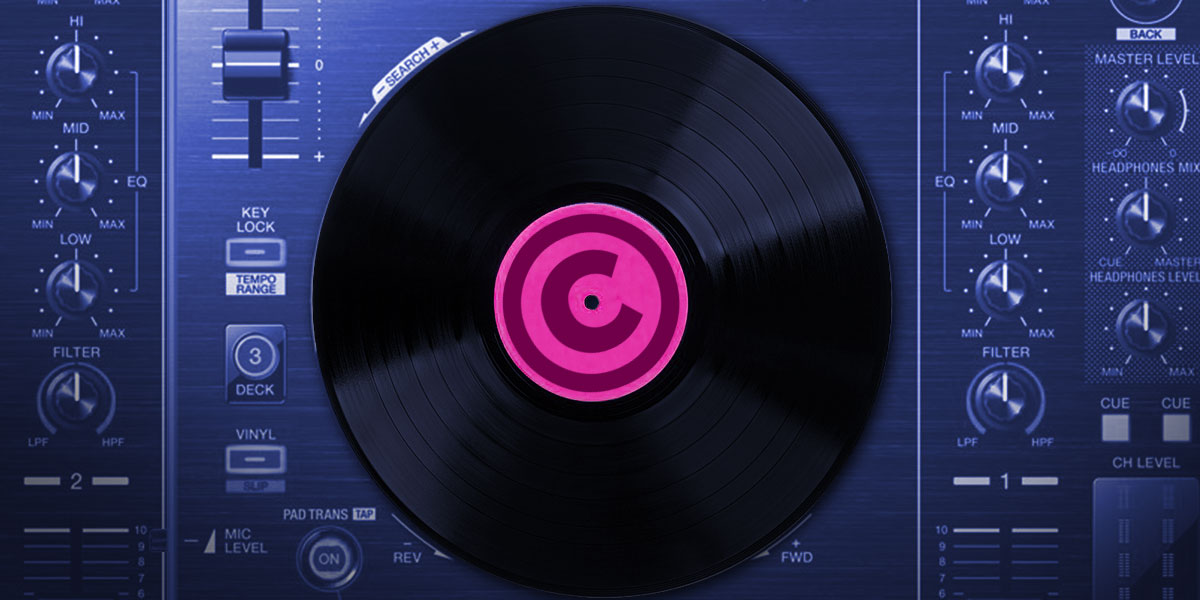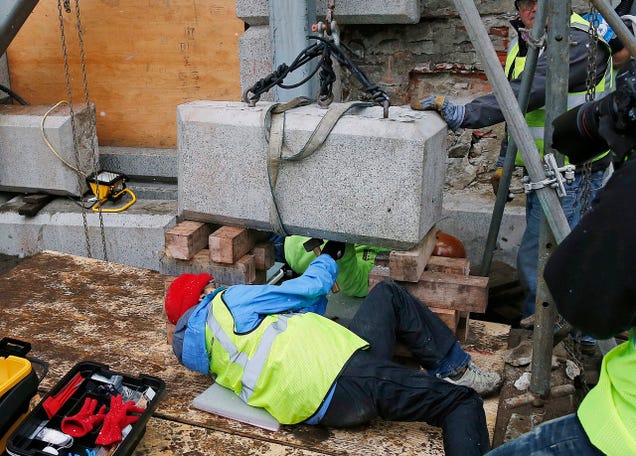The 5K Retina iMac is out, and it looks incredible so far on paper — so incredible that I’m seriously considering selling my new Mac Pro to get the Retina iMac instead. In fact, the case for the Mac Pro for anyone but advanced video editors, 3D modelers, and heavy OpenCL users is now weaker than ever.
Price
The iMac starts at $2500 and the Mac Pro starts at $3000, but you shouldn’t buy the base model of either.
The best bang-for-the-buck CPU options are the 4 GHz CPU in the iMac and the 6-core in the Mac Pro. I recommend a minimum of 16 GB RAM — go 32 if you can — and a 512 GB or 1 TB SSD. The iMac offers Fusion Drive, but an all-SSD configuration is so much faster and more consistent that you should really get one if you can afford to.
With my recommended midrange configurations for each, the iMac certainly isn’t cheap, but it has a clear price advantage over the Mac Pro, especially since it includes its own display:
- Retina iMac with 4 GHz, 16 GB, 512 GB SSD, M295X: $3500
- Mac Pro with 6-core, 16 GB, 512 GB SSD, D500: $4300
Mac Pros generally hold their value better over time, and whatever monitor you use with your Mac Pro can likely be kept and reused through multiple computers. But that’s a big price difference to overcome.
Performance
Intel’s next CPU cores (Broadwell) are significantly delayed, so in the meantime, they released a few more high-end Haswell models. The Retina iMac’s 4 GHz option is the Core i7-4790K, which is currently the fastest CPU in the world for most single-threaded tasks.
Since the Xeons in the Mac Pro are based on the even older Ivy Bridge microarchitecture, they’ve been lagging behind even the previous iMacs for single-threaded apps. According to early Geekbench reports, the 4 GHz, 4-core Retina iMac appears to be 25% faster than the 6-core Mac Pro in single-threaded tasks and only about 15% slower in multi-threaded tasks. That’s incredible.
We don’t know how the iMac’s GPUs are yet, but based on past choices, the iMac is likely to be better than the Mac Pro for games, but significantly worse for OpenCL and professional 3D applications.
Expandability
The old Mac Pros had a huge advantage in expandability: they had up to 8 RAM slots, 4 internal hard drive bays, 4 PCI-Express slots, 2 optical bays, and tons of ports on the back. The new ones only have… tons of ports on the back.
The Mac Pro is still more expandable than the iMac in some ways. It has 6 Thunderbolt ports across 3 buses for more monitors and high-bandwidth external storage capacity, and it supports up to 64 GB of RAM instead of the iMac’s 32 GB ceiling. Otherwise, the differences are small.
5K versus 4K displays
This difference is much bigger than it sounds. It’s the same, proportionally, as the difference between typical 21- to 24-inch and 27- to 30-inch monitors: “4K” computer monitors have 8.3 megapixels, while “5K” has 14.7 megapixels. Without software scaling to simulate higher density, the “right” size for a 4K monitor tops out at 24 inches, while a 5K monitor looks right at 27 to 30 inches.
It’s a huge difference.
Waiting for an external Apple 5K display for Mac Pros or other Macs?
If I had to guess, you’ll have a long wait, and they won’t work with any Mac sold to date.
Panel yields may be tight for a while, and external displays are a low priority for Apple. The original 27” iMac’s groundbreaking LCD panel wasn’t available in an external display from Apple for almost a year after its release. But that’s not the biggest problem.
Pushing this many pixels requires more bandwidth than DisplayPort 1.2 offers, which is what Thunderbolt 2 ports use for outputting video signals. (I wrote about this a few times.) Doing it right will require waiting until DisplayPort 1.3 in Thunderbolt 3 on Broadwell’s successor, Skylake, which isn’t supposed to come out for at least another year — and Intel is even worse at estimating ship dates than I am, so it’s likely to be longer.
It may be possible to use two DisplayPort 1.2 or Thunderbolt 2 cables to power a 5K display, but only if the GPU could treat each port as its own full-bandwidth DisplayPort 1.2 channel, the sum of which represented one logical display, and had the panel combine and properly sync the two at the other end.1 I don’t think any of the current Macs can do this, including the Mac Pro — MST to run 4K panels at 60 Hz only seems to be supported within individual ports, not spanned across two.
I’d estimate — granted, I’m wrong a lot — that Apple won’t ship a standalone 5K display until at least 2016, and it won’t work with any of today’s Macs, including the 2013 Mac Pro.
Waiting for the Dell 5K monitor?
Dell’s shipping a 5K monitor soon using two DisplayPort 1.2 cables. It’s slated to cost $2500 — the same as the iMac’s starting price.
We don’t know whether it will work with the current Mac Pro yet. Just like the theoretical Apple external 5K monitor, it will rely on tricks like MST to be treated as one big monitor, which may be unsupported or buggy on the Mac Pro.
It’s also a Dell.2 Dell monitors used to be great, but their quality has been inconsistent and declining in recent years, and they’re certainly not known for their visual appeal or classy materials.
Waiting for Broadwell iMacs or Haswell-EP Mac Pros?
Broadwell-K CPUs suitable for iMacs are due out in about a year. Broadwell’s main improvement over Haswell is reduced power consumption, and while this matters a lot in laptops, it won’t be as important in desktops. I’d expect maybe a 10–15% performance improvement in a Broadwell iMac update next year.
If the Mac Pro gets updated to new CPUs anytime soon, they’ll be the new Haswell-EP Xeons. The midrange 6-core model, likely to remain the best bang-for-the-buck option, will likely use the Xeon E5-1650 v3. Here’s how it compares to the 4 GHz iMac CPU — the iMac still holds a big lead in single-threaded tasks, and doesn’t lose the multi-threaded test by too much considering it only has 4 cores.
You can also see how well the iMac’s i7-4790K performs against the new 10-core Xeons in AnandTech’s benchmark — it’s competitive in everything but the most parallel tasks.
So it’s unlikely that the relative performance between the iMac and Mac Pro will change in the near future. The iMac will remain close or faster in single-threaded tasks, and the Mac Pro will beat the iMac at multi-threaded and OpenCL tasks, with the multi-threaded gap being larger if you get the (much more expensive) 8- or 12-core Mac Pro.
Heat and fan noise
The Mac Pro is ridiculously quiet. With any ambient noise at all, you simply can’t hear it. And that’s true no matter what it’s doing — even under full load, I never hear it. The unified heatsink with the single giant, slow fan is remarkably good.
The Retina iMac uses the same internal design as the previous 27-inch iMac with heatpiped heatsinks cooled by one medium-sized fan, and the Retina’s overall thermal load seems similar. Apple claims the Retina iMac is only 15 dB in “wireless web” use — just 0.5 dB louder than the Mac Pro — although neither specify noise levels at sustained heavy loads, where I’d expect the iMac to be noticeably louder than the Mac Pro based on these designs.3
If you’re very concerned about minimizing heat and noise, consider your options carefully. The upgraded CPU and GPU, and choosing Fusion Drive instead of all-SSD, will each increase the amount of heat (and therefore fan noise).
Reliability
Mac Pros use Xeons, server-class chipsets, error-correcting RAM, and workstation-class GPUs, all of which are designed more conservatively and with more strict tolerances than the consumer-grade components in laptops and iMacs.
In practice, I’ve always found the consumer-grade parts in laptops to be slightly buggy. Occasionally, they won’t come out of sleep properly, or they’ll kernel-panic for no apparent reason. But that may only happen a handful of times over the entire lifetime of the machine, so it’s not a huge problem — but an important difference to some.
I’d also worry about the amount of heat in the enclosure, especially so close to the screen. That’s going to be an expensive screen replacement if it’s out of warranty. Since AppleCare is so cheap on iMacs and this is a first-generation product, I’d get it.
So who’s the Mac Pro for?
At this point, not a lot of people:
- People who heavily use OpenCL apps
- People needing as much parallel CPU power as possible, such as professional video editors, who can afford the 8- or 12-core CPUs
- Anyone using a lot of Thunderbolt devices
- Anyone who needs a lot of monitors, an HDMI output, or two built-in network interfaces
- People who need the quietest computer possible under any load
- Roles in which a kernel panic or other slight hardware glitch may be very costly
This list keeps getting shorter over time. I think I finally fell off of it.
-
Many 4K monitors use this trick, called MST, to split themselves into logical left/right halves and run at their full resolution and framerate by acting as two monitors. In practice, MST is finicky, buggy, and poorly supported. This theoretical two-Thunderbolt-cables idea for 5K would be even more complex, and it may not be reasonably possible at all without weird sync issues like tearing between the two logical halves. ↩
-

Dude! ↩
-
I informally polled owners of recent 27” iMacs on Twitter about fan noise, and the consensus was that they’re near-silent the vast majority of the time, with the fans only becoming slightly audible under sustained parallel loads like video encoding. ↩





